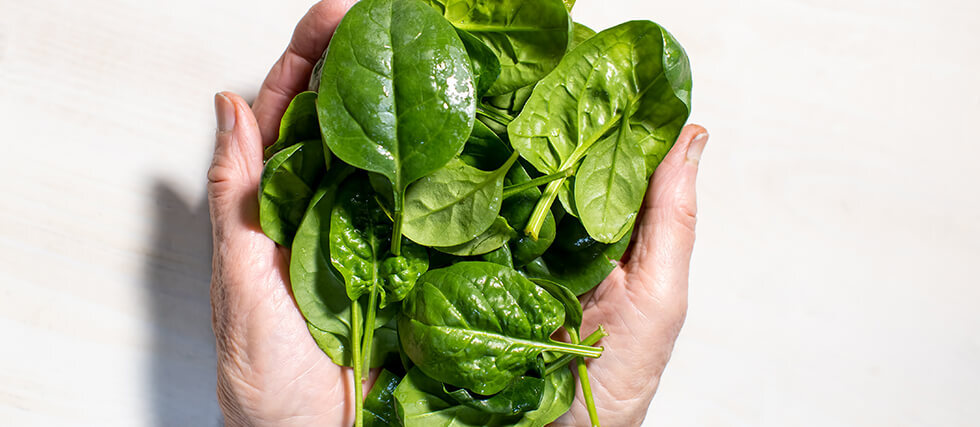Could Silicone Tape Be a Quick Fix for Wrinkles? Here’s What to Know
Silicone tape, the latest TikTok beauty craze, is being touted as a simple, short-term solution for softening wrinkles. While you absolutely look great just as you are, the idea of smoothing out fine lines with something as basic as tape is definitely intriguing. But does it actually work?
Here’s what we know: Silicone tape is well-documented in the medical world for reducing the appearance of scars. It works by creating a moist, protected environment that can support healing and improve skin texture. Some of those same properties are believed to offer temporary benefits when applied to wrinkles, especially in areas like crow’s feet or forehead lines.
However, there are a few important caveats. First, the science on using silicone tape for wrinkles—not scars—is still very limited. Most of the evidence is anecdotal, and dermatologists agree that any visible improvement tends to be temporary, sometimes lasting only an hour or two after removal.
So how might it work? Experts suggest the tape may help by slightly restricting facial muscle movement (similar to how Botox works) and trapping moisture in the skin, which plumps it up temporarily and makes wrinkles less noticeable.
While it’s not a miracle fix or a replacement for longer-term skincare, silicone tape could be a helpful addition to your routine before an event or photoshoot. Just keep in mind that results won’t last, and more research is needed to understand its full impact.
If you’re curious, look for medical-grade silicone tape, patch-test it first, and use it only as directed. And remember—true skin health starts with good hydration, a clean diet, organic sun protection, and a consistent skincare routine, not just a roll of tape.



